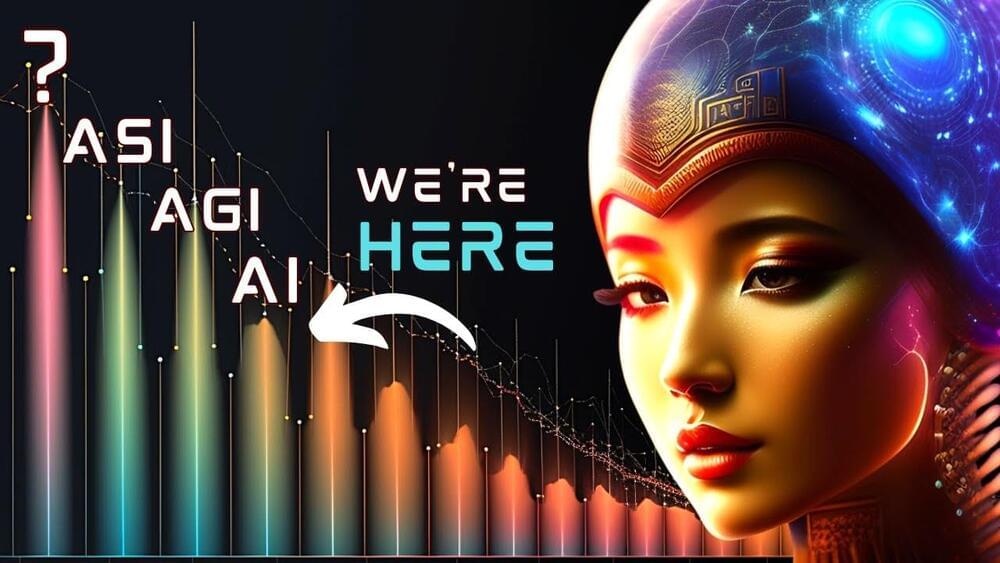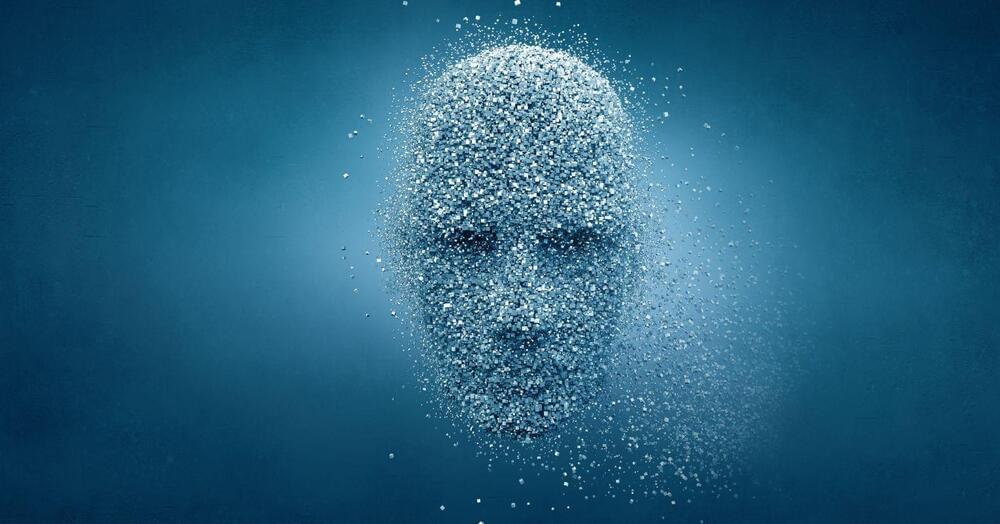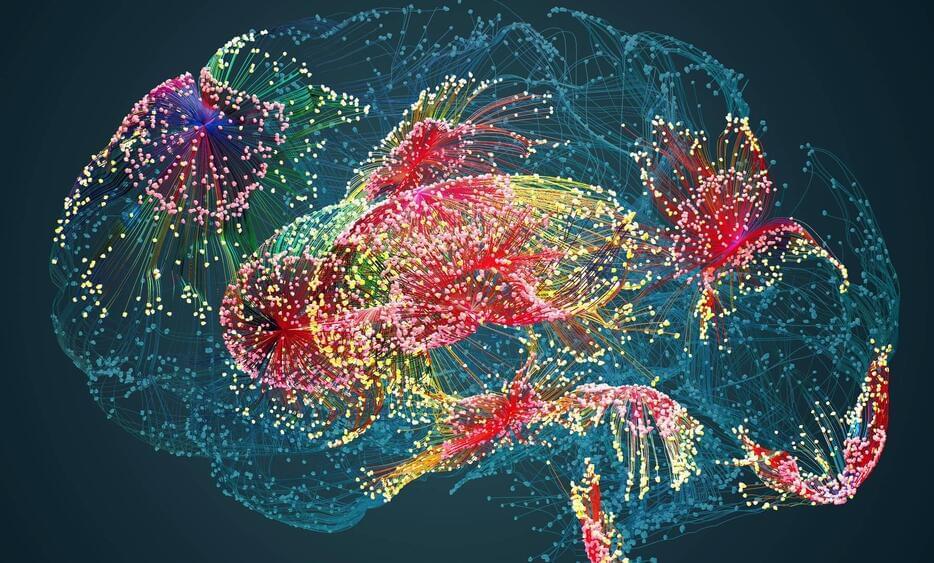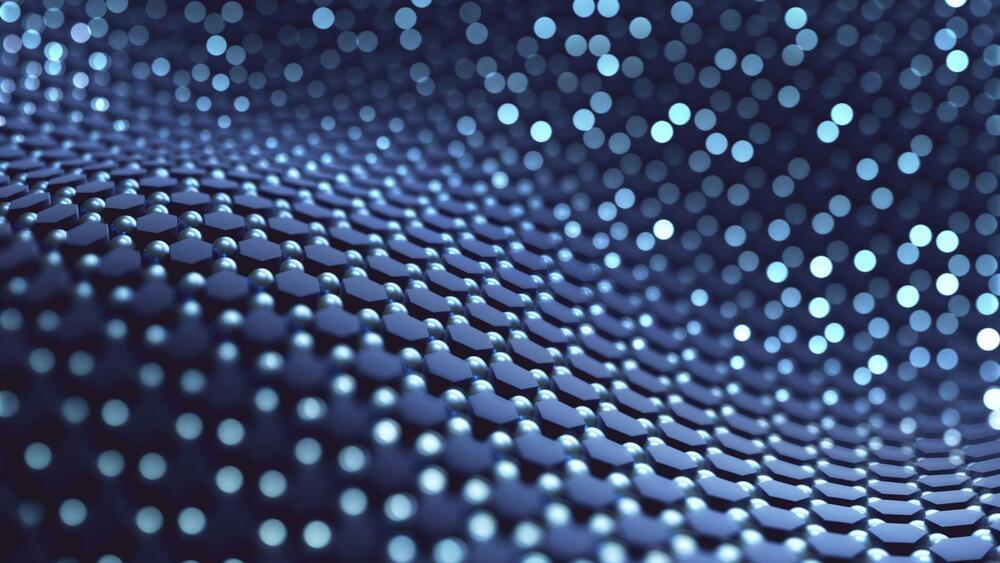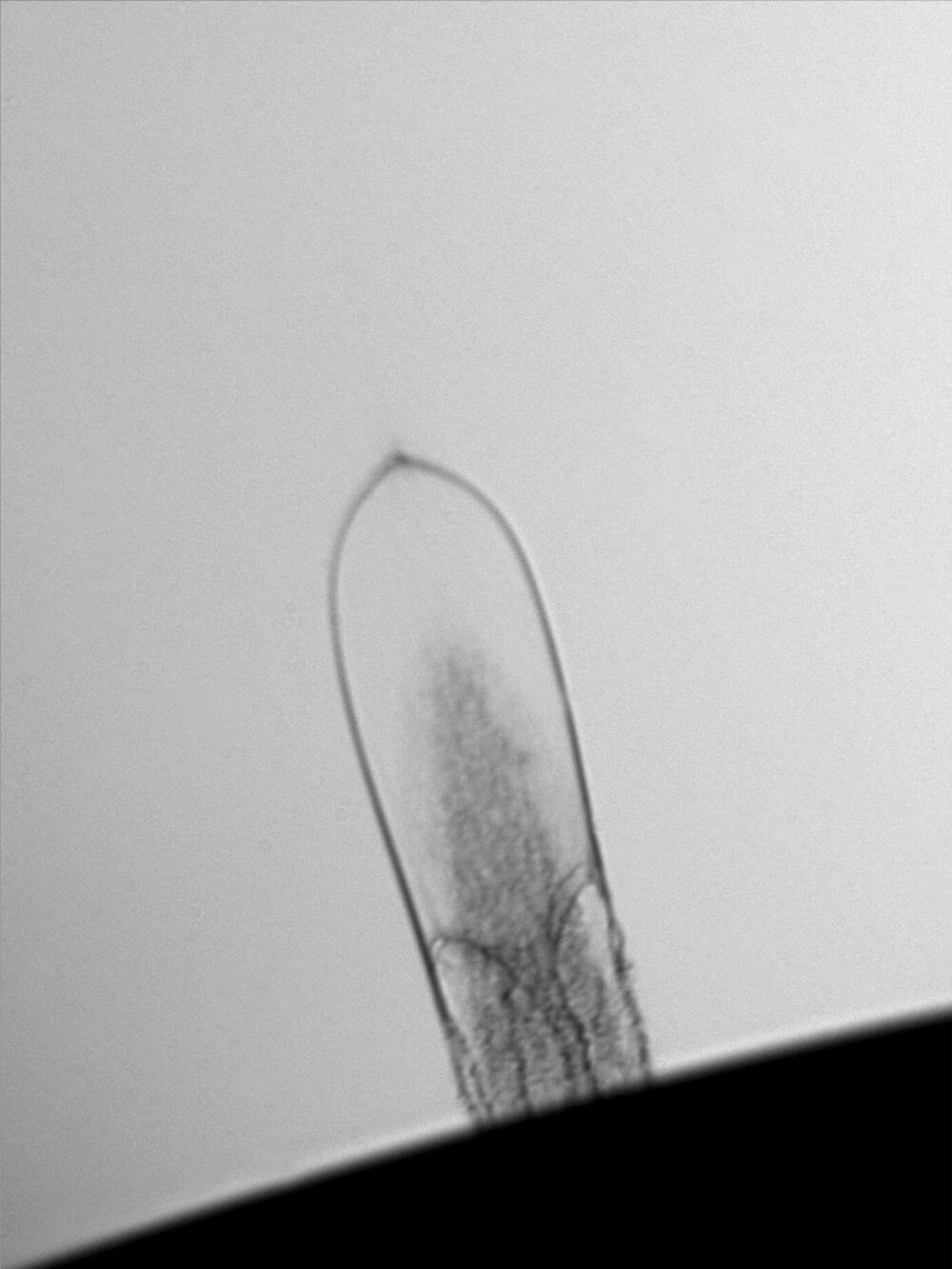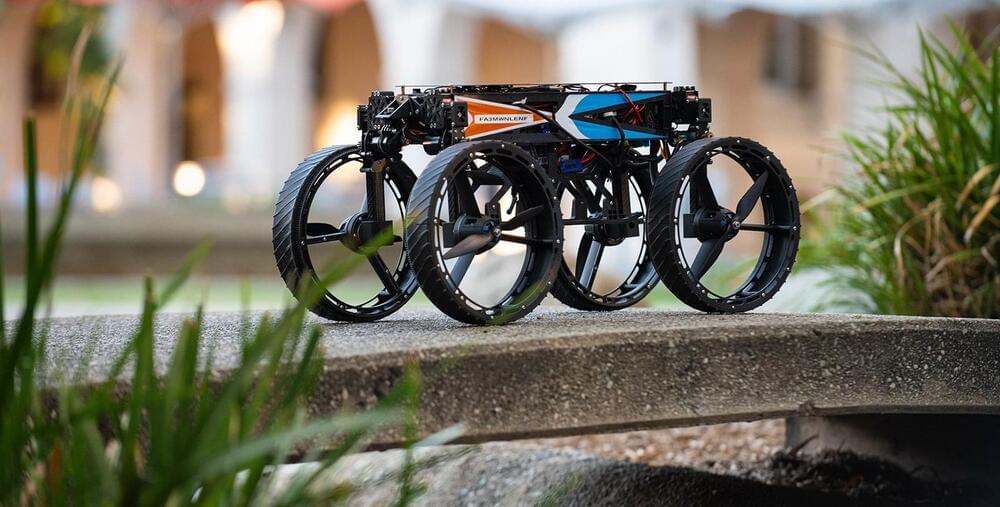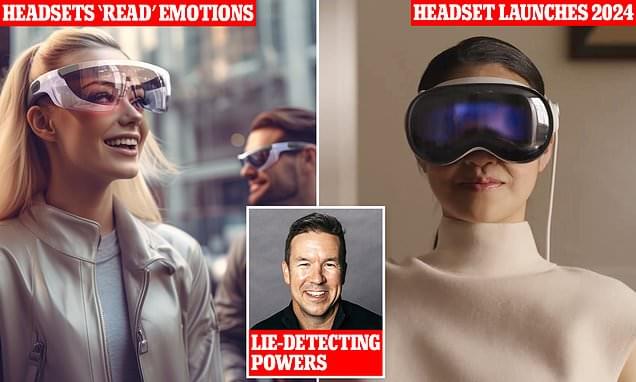Keep Your Digital Life Private and Stay Safe Online: https://nordvpn.com/safetyfirst.
Welcome to an enlightening journey through the 7 Stages of AI, a comprehensive exploration into the world of artificial intelligence. If you’ve ever wondered about the stages of AI, or are interested in how the 7 stages of artificial intelligence shape our technological world, this video is your ultimate guide.
Artificial Intelligence (AI) is revolutionizing our daily lives and industries across the globe. Understanding the 7 stages of AI, from rudimentary algorithms to advanced machine learning and beyond, is vital to fully grasp this complex field. This video delves deep into each stage, providing clear explanations and real-world examples that make the concepts accessible for everyone, regardless of their background.
Throughout this video, we demystify the fascinating progression of AI, starting from the basic rule-based systems, advancing through machine learning, deep learning, and the cutting-edge concept of self-aware AI. Not only do we discuss the technical aspects of these stages, but we also explore their societal implications, making this content valuable for technologists, policy makers, and curious minds alike.
Leveraging our in-depth knowledge, we illuminate the intricate complexities of artificial intelligence’s 7 stages. By the end of the video, you’ll have gained a robust understanding of the stages of AI, the applications and potential of each stage, and the future trajectory of this game-changing technology.
